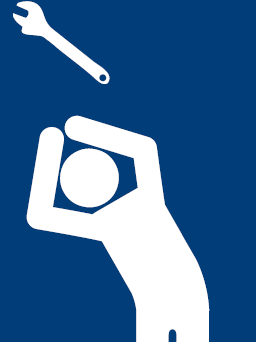Title Page
-
Prepared by
-
Client / Site
-
Conducted on
-
Location
-
Task Observed
-
Personnel
-
This Is A High-Risk Activity: Unwanted Events: Dropped load, crane tip over, crane structural failure, crane contact with overhead conductors
-
Reference Procedures: Cranes and Lifting Gear EIMS 4-9856,
Requirements for Lifting Gear EIMS-4-9869,
Requirements for Significant Lifts EIMS 4-9871
-
Crane has been inspected in accordance with statutory requirements (with the previous 12 months) by a competent third party inspector, plant risk assessment is complete, maintenance log books are current (with no open safety related deficiencies), Operators Manual is present, and Load Charts are present and legible. Limiting and indicating devices are fitted to mobile cranes as required by AS1418.5. Load indicators are fitted to all mobile cranes with a rated capacity > 3 tons
-
Training and Competency – crane operators & persons slinging loads have appropriate licences and records of competence
-
Lifting Gear –Records indicate that lifting equipment has been inspected by a trained and competent person on a quarterly basis. A system of inspection tagging (visual verification of inspection currency) and a register of lifting equipment shall be established
-
Exclusion Zones – for all significant lifts and for other lifts where practical, exclusion zones shall be established to ensure non-essential personnel are kept clear of the lifting area. The exclusion zone must be identified, installed and maintained prior to and throughout the lift. No work is permitted under suspended loads
-
Working Near Overhead Electrical Lines – crane operations within the vicinity of overhead electrical lines shall implement risk controls in accordance with the hierarchy of controls and compliant with EIMS 4- Working Near Overhead Electric Lines including permit if required
-
Crane Set Up – Mobile cranes shall operate with outriggers deployed with timber or steel plate sections placed under outrigger foot pads. Ground conditions shall be assessed to determine adequate to support the load. Tag lines to be in deployed and utilised to safely control and position loads.
-
Horizontal Pulls/Skidding and including winching – Specific JHA signed by Superintendent who will seek competent technical input as required- is this occurring?
-
Significant Lift Studies – signed by Superintendent who will seek competent technical input as required. Any changes to lift study must be approved by Superintendent- is this occurring?
-
Lifting attachment points must be certified in accordance with Australian Standards- is this occurring?
-
Add media
-
Add signature
















